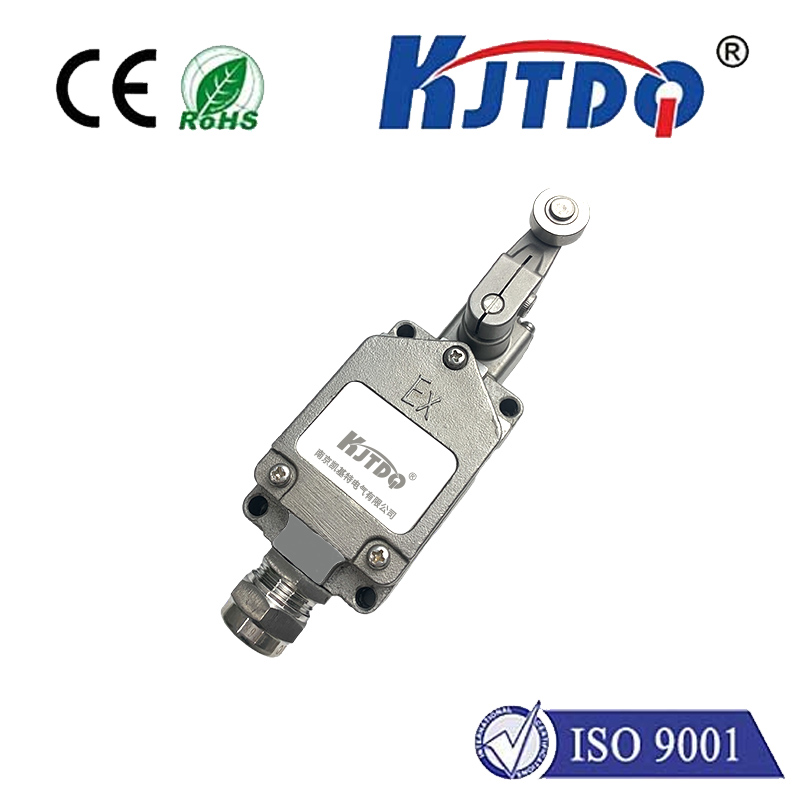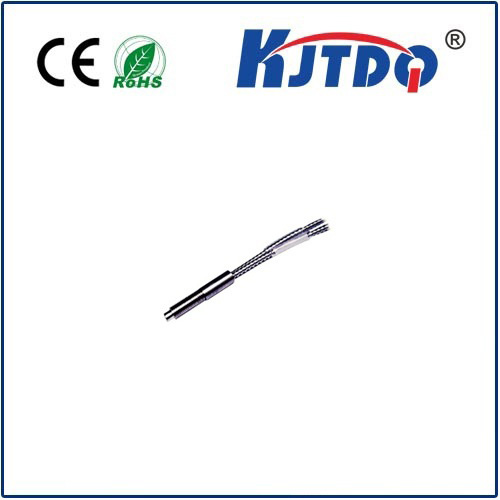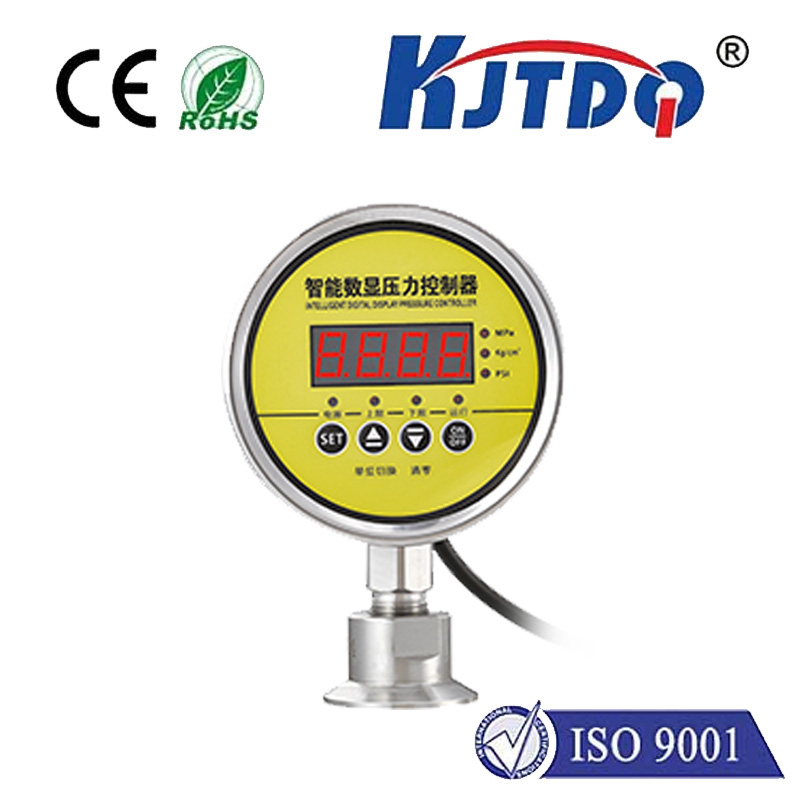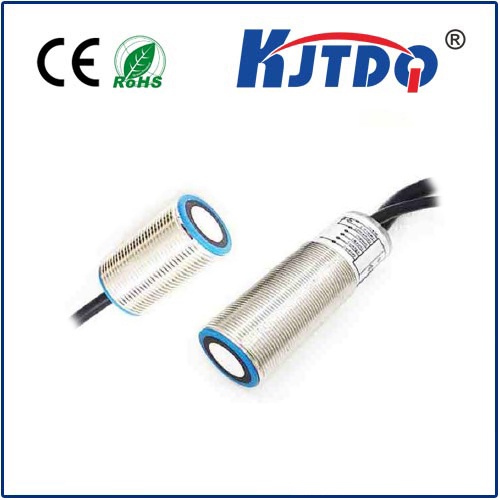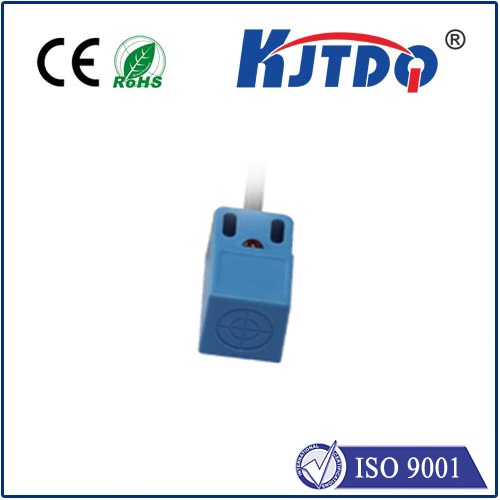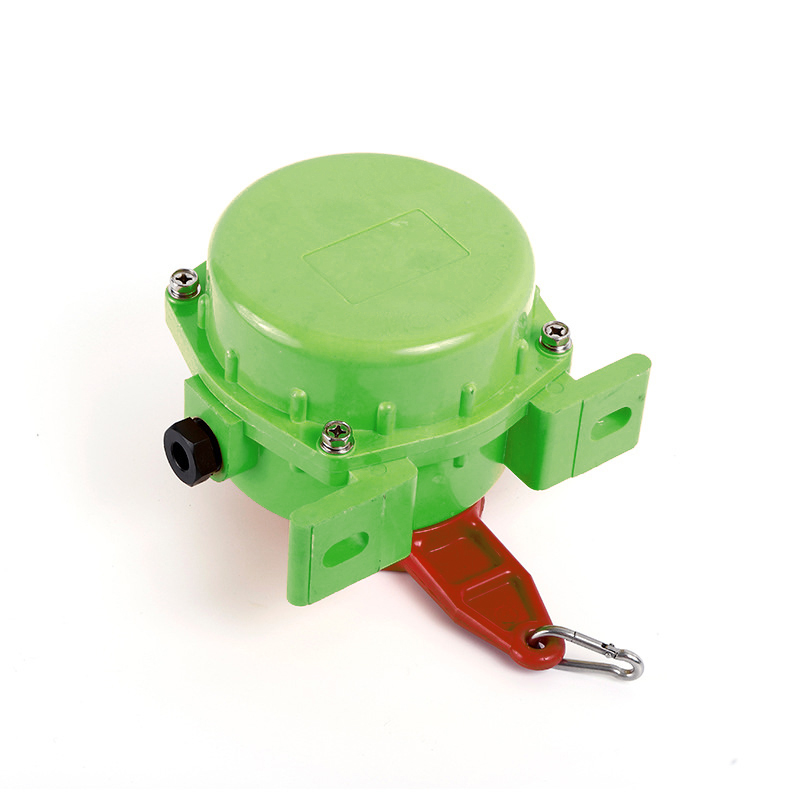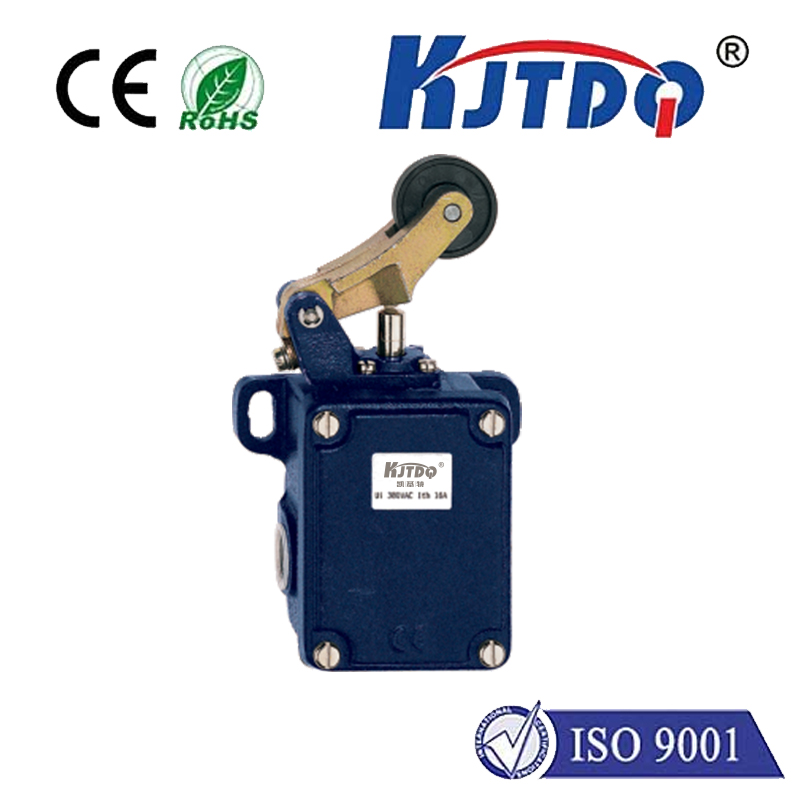principle of optical sensor
- time:2025-08-15 02:05:49
- Нажмите:0
Illuminating the Invisible: Unpacking the Core Principles of Optical Sensors
Light isn’t just for seeing anymore. It’s the silent language of a revolution, translated by devices embedded in nearly every facet of modern life – optical sensors. These ingenious components act as our technological intermediaries, converting the fundamental properties of light – its intensity, wavelength, phase, or polarization – into precise, measurable electrical signals. Understanding the core principle of optical sensor operation is key to appreciating their ubiquity and transformative power, from the fingerprint scanner on your phone to life-saving medical diagnostics and advanced industrial automation.
At its very heart, the principle of optical sensor functionality relies on the interaction between light and matter. This interaction triggers a fundamental physical change within the sensor’s sensitive element, which is then meticulously converted into an electrical output. While implementations vary widely, the underlying mechanism typically involves three essential stages:
- Interaction with Light: The sensor is exposed to light, either emitted by an integrated source (emitter) within the sensor system (like an LED or laser diode) or originating from the environment itself. This incoming light carries information about the target it has encountered or the environment it traversed.
- Physical Change Triggered by Light (The Core Principle): This is where the fundamental physics comes into play. The light interacts with a specific material within the sensor’s photodetector (the light-sensitive element), causing a measurable physical change. The most common principles exploited include:
- Photoelectric Effect: Primarily used in photodiodes and phototransistors. Photons (light particles) striking the detector material impart enough energy to liberate electrons, generating a flow of electrical current directly proportional to the light intensity. This is the dominant principle of optical sensor technology for intensity measurement.
- Photoconductivity: Employed in devices like photoresistors (LDRs - Light Dependent Resistors). Light energy increases the electrical conductivity of certain semiconductor materials by exciting electrons into the conduction band, thereby decreasing their electrical resistance as light intensity increases.
- Thermal Effects: Used in pyroelectric detectors and some thermopiles. Light energy absorbed by the detector material causes a temperature rise. This temperature change induces a change in electrical properties (like voltage or resistance) in a temperature-sensitive element. Photovoltaic effect (generating voltage directly, as in solar cells) is also a key principle, especially for energy harvesting but also sensing.
- Signal Conversion and Conditioning: The initial physical change (current, voltage change, resistance change) created by the light interaction is typically very small or raw. Signal conditioning circuits are crucial here. These circuits amplify the weak signal, filter out unwanted electrical noise, and often convert it into a standardized, usable form (e.g., a specific voltage range, a digital pulse, or a digital value via an Analog-to-Digital Converter - ADC). This processed signal is what is ultimately read and interpreted by the system (microcontroller, computer, display).
Essential Components & Variations:

While the fundamental principle revolves around light interaction and conversion, most practical optical sensor systems comprise key elements beyond just the photodetector:
- Light Source (Emitter): Often an integrated component (LED, Laser Diode, sometimes ambient light). Provides controlled illumination. In systems like optical encoders or proximity sensors, the source and detector work together as a pair.
- Optical Elements: Lenses, filters, apertures, optical fibers, or waveguides. These elements focus light, filter specific wavelengths (crucial for color sensing or spectroscopy), direct light paths, or control the field of view.
- Photodetector: The heart, where the light-to-signal conversion occurs based on the principles above (Photodiode, Phototransistor, Photoresistor, Photovoltaic Cell, CCD/CMOS array for imaging).
- Signal Conditioning Electronics: Amplifiers, filters, ADCs, logic circuits – essential for converting the raw photodetector output into a robust, interpretable signal.
- Housing/Interface: Provides mechanical protection, environmental sealing (if needed), and electrical connections.
The core principles manifest in diverse sensor types:
- Proximity & Presence: Using the interruption (reflective) or blockage (through-beam) of a light beam between an emitter and detector. Photoelectric effect principles dominate.
- Ambient Light: Measuring overall light intensity in an environment, often using the photoelectric or photoconductive effect to adjust screen brightness automatically.
- Color: Utilizing filters over multiple photodetectors (photoelectric effect) to distinguish between wavelengths (colors).
- Imaging: CCD or CMOS sensors are complex arrays of millions of tiny photodiodes (photoelectric effect), capturing spatial light information to form digital images.
- Spectroscopy: Analyzing the intensity of light (photoelectric effect) at specific wavelengths to identify materials or measure concentrations.
- Fiber Optic: Using light guided through fibers; changes in light intensity, phase, or wavelength (photoelectric effect, interferometry principles) indicate strain, temperature, or chemical presence along the fiber.
Why Optical Sensors Rule:
The widespread adoption of optical sensor technology stems directly from their inherent advantages, enabled by their core operating principles:
- Non-contact Measurement: They can sense objects or conditions without physical touch, preventing wear, contamination, or disturbance of delicate targets.
- High Speed & Sensitivity: Light travels fast, and modern photodetectors can respond to incredibly rapid changes in intensity or detect very low light levels.
- Spatial Resolution: Imaging sensors provide detailed spatial information unmatched by most other sensing types.
- Многогранность: By leveraging different light properties (intensity, wavelength, phase, polarization) and interaction principles, they can measure an astonishing range of parameters: distance, position, speed, color, composition, temperature, pressure, strain, gas concentration, and biological markers.
- Immunity to EMI: Unlike many electronic sensors, they are generally immune to electromagnetic interference, making them reliable in electrically noisy environments. Fiber optic sensors excel exceptionally here.
- Miniaturization: Advances in semiconductor fabrication allow complex optical sensors (like camera modules) to be incredibly small.
From the automatic doors that welcome us, the barcode scanners that speed checkout, and the blood oxygen monitors safeguarding health, to the precision robots assembling electronics and the satellites mapping our planet, optical sensors silently translate the language of light into actionable data. Their operation, governed by elegant yet fundamental physical principles, makes them indispensable tools across countless industries. As material science and photonics continue to evolve, the capabilities and applications of optical sensors will only expand further, continuing to illuminate previously invisible aspects of our world.

